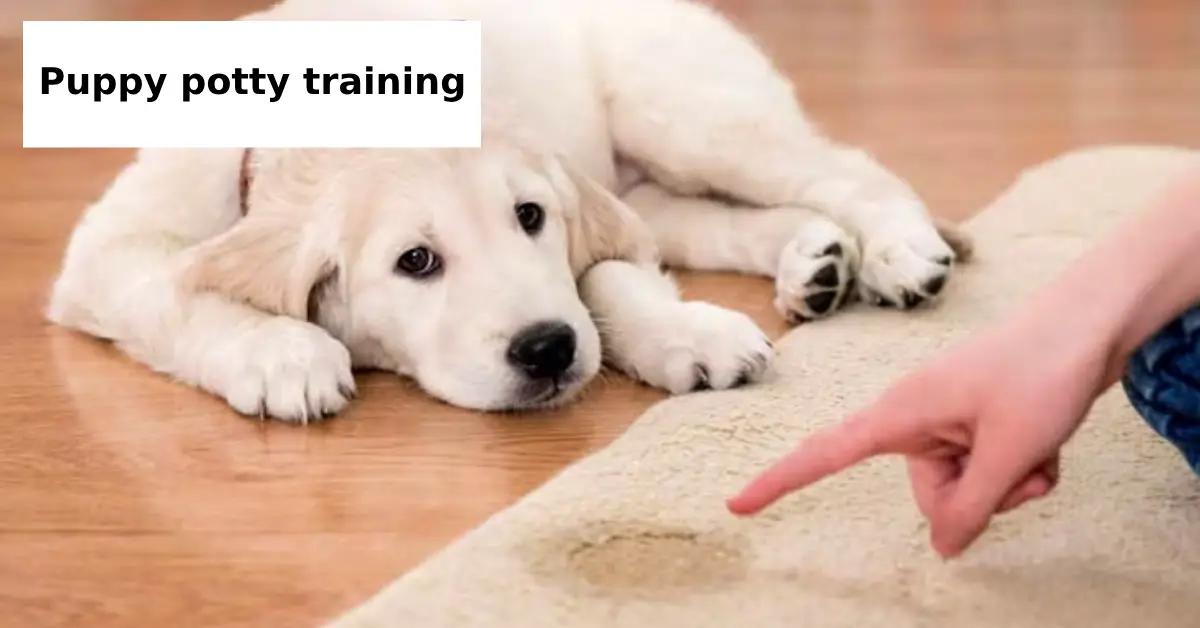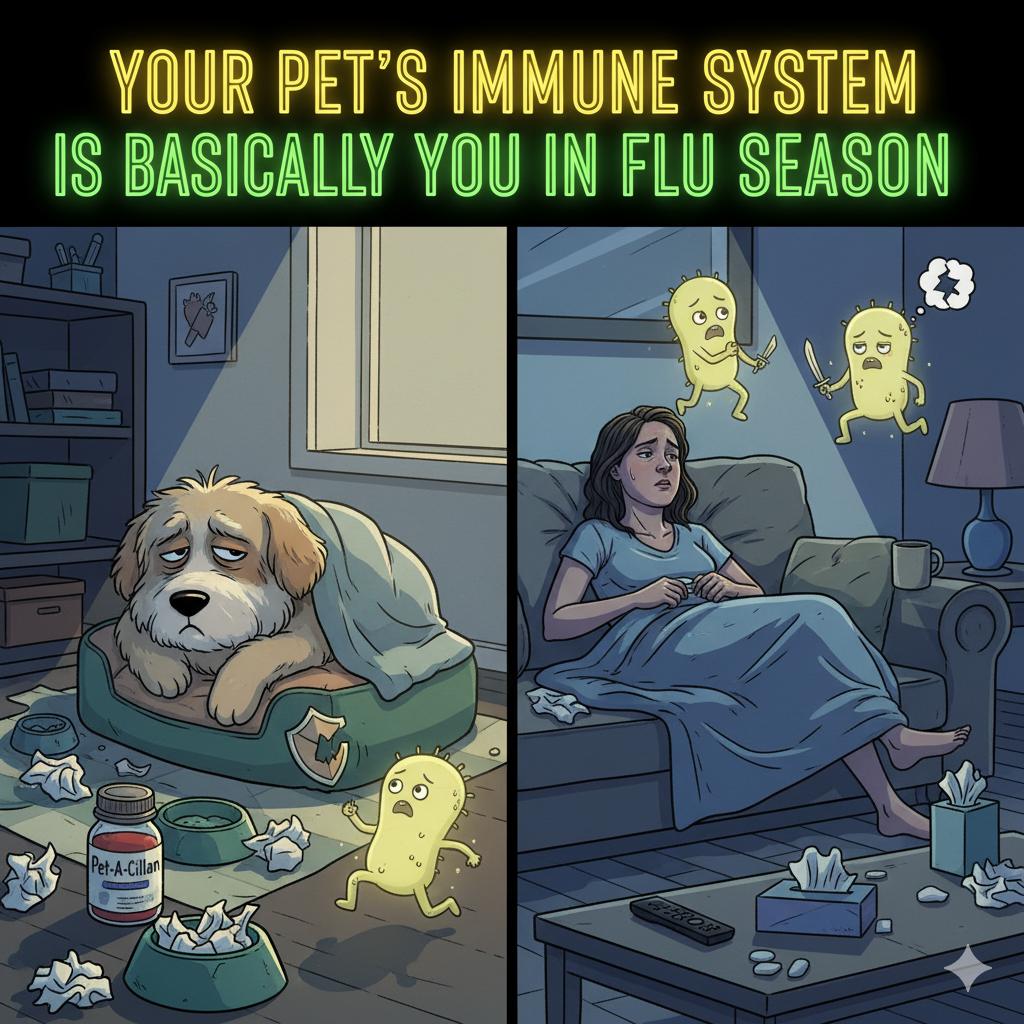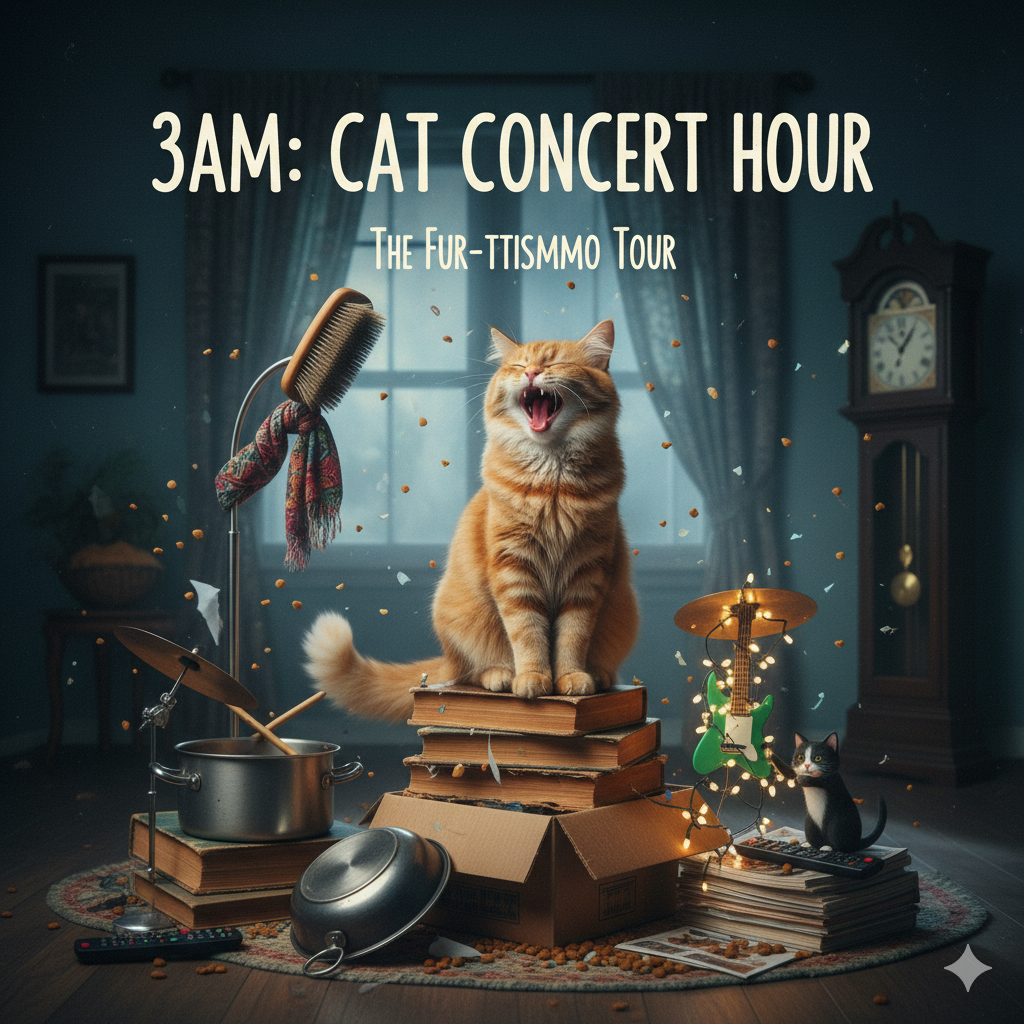For first-time puppy owners or families adopting puppies from shelters, one of the most common challenges is managing your puppy’s bathroom needs. Creating a puppy potty training schedule not only promotes discipline but also prevents those dreaded indoor accidents. Whether you live in a house, an apartment, or work remotely, having a consistent and realistic plan is the key to success.
In this blog, we’ll guide new pet parents in suburban households, millennials or Gen Z pet owners working remotely, and even dog trainers and dog sitters through everything from the best time to potty train a puppy to managing puppy potty training schedule by age.
Why a Puppy Potty Training Schedule Is Important
A puppy potty training schedule creates routine and structure in a dog’s life. Puppies thrive on consistency, and a predictable schedule helps your pup understand when and where they’re supposed to go.
Having a set routine can:
- Reduce stress and anxiety in puppies
- Reinforce positive potty habits
- Prevent long-term behavioral issues
- Help pet parents living in apartments or condos avoid messes and damage
With a strong potty schedule, you’re not only house training a puppy fast, but also encouraging lifelong habits that are essential for any well-behaved dog.
Understanding Puppy Potty Training Schedule by Age
Just like human babies, puppies’ potty needs change as they grow. Here’s a puppy pee schedule chart to help you plan accordingly:
| Puppy Age | Potty Break Frequency | Notes |
|---|---|---|
| 8–10 weeks | Every 30–60 minutes | Needs supervision; after meals, naps, and playtime |
| 10–12 weeks | Every 1–2 hours | Start short crate training sessions |
| 3–4 months | Every 2–3 hours | May start holding it overnight |
| 4–6 months | Every 3–4 hours | Increased control; fewer accidents |
| 6+ months | Every 4–6 hours | Near full bladder control |
How often should puppies pee? Generally, a puppy can hold their bladder one hour for every month of age. A 2-month-old puppy? About 2 hours max. Skipping this schedule often leads to puppy potty training regression, which is common if routine breaks.
Crate Training Puppy at Night: The Secret Weapon
Crate training puppy at night is one of the most effective ways to reinforce a consistent puppy potty routine. Puppies instinctively avoid soiling their sleeping space, making crates a natural solution for potty training.
Tips:
- Use a properly sized crate (enough to stand, turn, and lie down, but not too large).
- Take your puppy out right before bedtime and immediately when they wake up.
- Avoid feeding large meals or water 1–2 hours before bed to reduce nighttime accidents.
Nighttime crate training also supports pet bloggers and influencers focusing on dog care in the U.S. in promoting positive routines to their audience.
Best Time to Potty Train a Puppy
The best time to potty train a puppy is as early as 8 weeks old. That’s when they begin developing habits and understanding reward-based training. The younger your pup, the easier it is to mold behaviors.
However, it’s never too late. Even people adopting popular U.S. breeds like Goldendoodles or Labradors at 3–4 months old can still achieve success with proper routine and positive reinforcement.
Key Elements of an Effective Puppy Potty Training Schedule
To house train your puppy efficiently, follow this general daily schedule:
Morning:
- Wake up: Immediate potty break outside.
- Breakfast: 10–15 minutes later, another potty break.
- Playtime: Followed by another potty trip.
Midday:
- After naps and meals: Take puppy outside.
- Play breaks: Every 1–2 hours, especially if indoors.
Evening:
- Dinner: Offer a potty break after meals.
- Winding down: Last potty break before crate time.
Always praise your puppy after a successful potty trip outdoors—rewards matter. Learn more about how to train a puppy using reward-based techniques.
Puppy Toilet Training Tips for Success
Here are some proven puppy toilet training tips that work regardless of breed or home type:
- Designate a potty spot: Take your pup to the same area each time to reinforce location habits.
- Use verbal cues: Words like “Go potty” help condition your puppy for future response.
- Reward immediately: Within seconds of success, use treats and praise.
- Stay consistent: Use the same routine daily—even on weekends.
- Supervise indoors: Close doors or use baby gates to prevent unsupervised roaming.
A consistent puppy potty routine reduces the chance of puppy potty training regression, especially during teething or major schedule changes.
Common Mistakes to Avoid
Even seasoned pet parents living in apartments or condos make these errors:
- Skipping scheduled breaks, leading to accidents
- Not cleaning indoor accidents properly, causing scent marking
- Punishing instead of redirecting (never scold a puppy for accidents)
- Changing potty locations too often
- Not using a crate at night
If you’re facing repeat indoor messes, it’s crucial to learn how to stop puppy accidents indoors by going back to basics: supervision, schedule, and positive reinforcement.
Tools and Products to Support Potty Training
For those looking to simplify the process, consider the following tools:
- Pee pads (for temporary use)
- Enzyme cleaners (to remove scent and prevent re-soiling)
- Crate and gates for containment
- Portable water bowls to manage water intake
- Training clickers and treats
Having the right setup can make all the difference in training success and help even dog trainers and dog sitters looking for shareable content recommend easy setups to their clients.
Dealing with Potty Training Regression in Puppies
Just when you think you’ve nailed it, your puppy might start having accidents again. This is known as potty training regression in puppies, and it’s totally normal.
Causes can include:
- Change in environment or schedule
- Teething pain or illness
- Lack of consistency in potty breaks
Solution? Revisit your original puppy potty training schedule and reinforce basic habits. Regression is usually temporary when handled calmly and consistently.
Final Thoughts
Creating a puppy potty training schedule tailored to your pup’s age and needs is the foundation for successful house training. Whether you’re raising a feisty French Bulldog or a curious Lab in a high-rise condo, consistency and patience will pay off.
Remember:
- Start early, stay consistent
- Use crate training strategically
- Know your puppy’s age-based limits
- Reward success and ignore failure
- Stay calm, even when accidents happen
For more helpful advice on how to train a puppy, visit our other detailed guides and connect with the growing community of responsible, loving pet owners.






1 thought on “What Is the Best Potty Training Schedule for Puppies?”